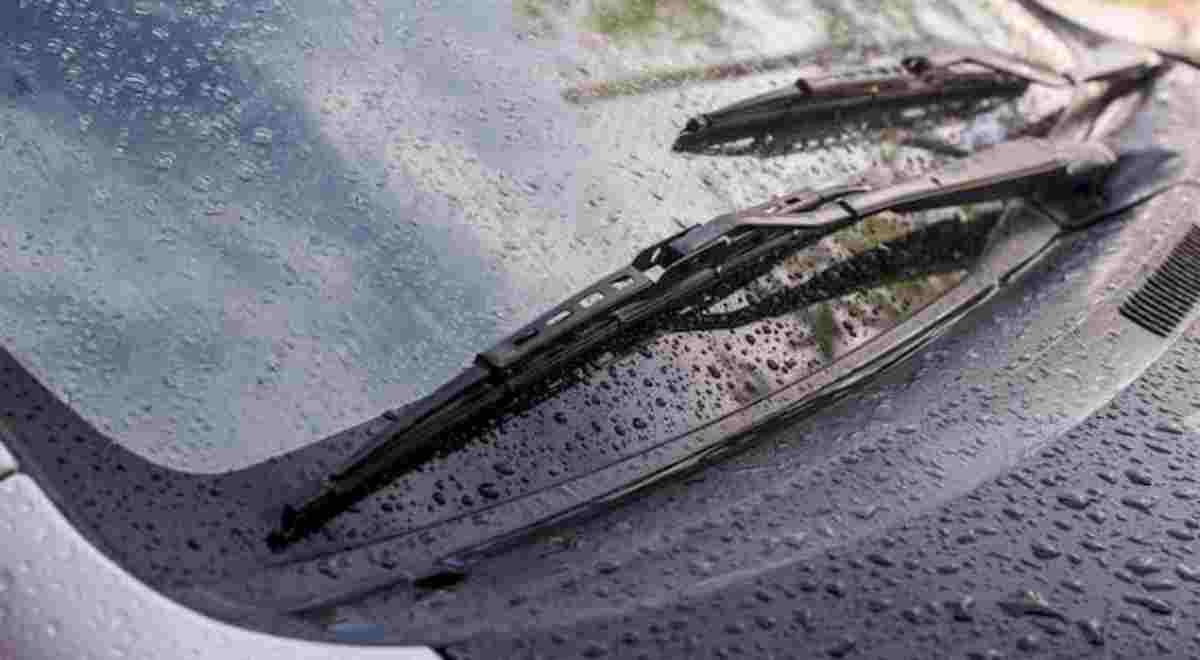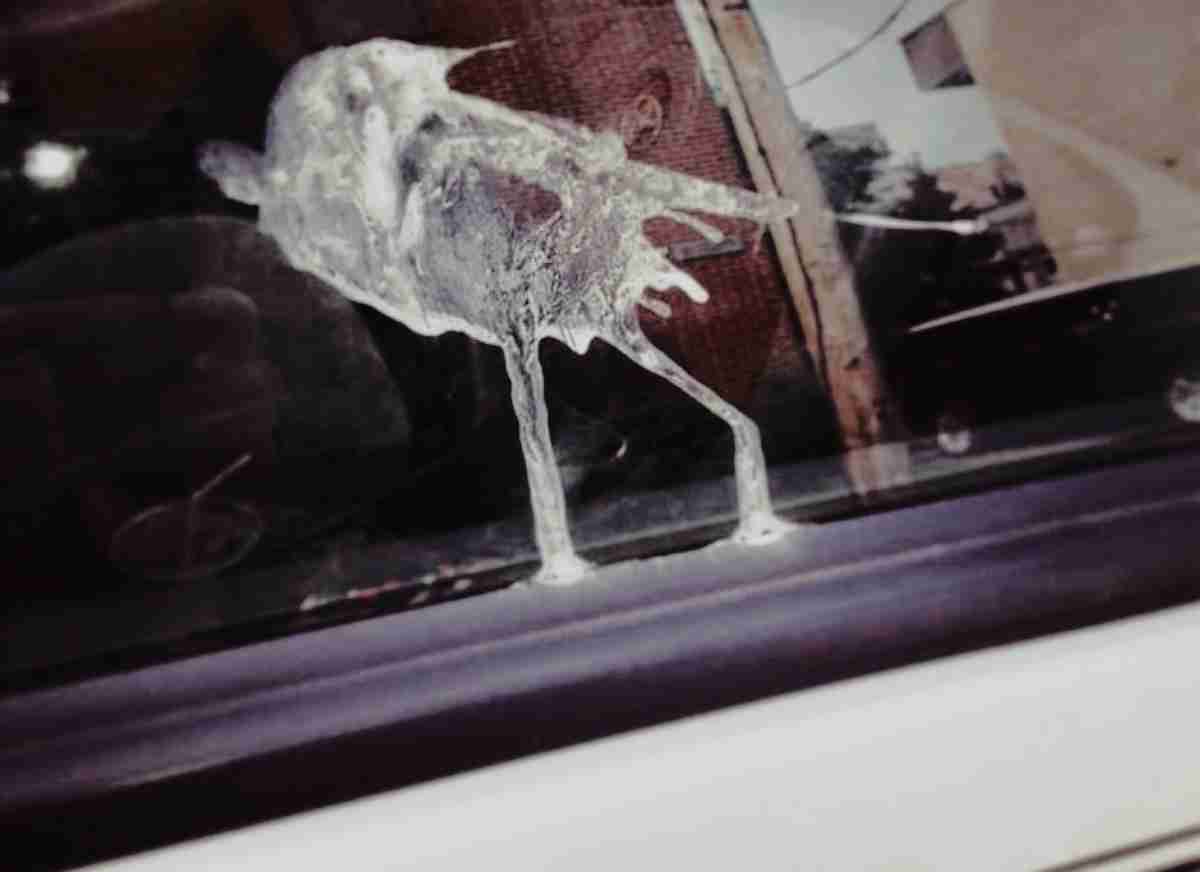How long can you drive with Check engine light on? Well, how long you can drive with a check engine light depends on you. Besides, when the check engine was absent, drivers relied on the sounds, oil light, temperature gauge, and overall performance while driving to tell a problem.
Nonetheless, these signs remain relevant because a check engine does not report specific problems, except unsettling your mind.
Meanwhile, any decent answer to this question would begin with “it depends.” Note that the check engine light is not designed to unsettle you. Instead, it helps the average vehicle owner know when to visit an auto repair shop without contemplating. You may refer to my guide disclosing what to do when the check engine light comes on.
It is also important to note how far you can drive with the check engine light depending on the problem. For instance, a loose gas cap warning may last a few weeks, but severer issues can damage your catalytic converter faster, extending the warning light duration.
How many miles can you drive with check engine light on?
Sincerely, there are no stipulated miles you can go with the check engine light. Some drivers, especially in countries without the yearly smog check, seldom mind the annoying check engine light on their dashboard. Nonetheless, you may have to drive between 30 and 100 miles to activate the drive cycle, calibrating your vehicle sensors to reset.
How Long Can You Drive with Check Engine Light On?
Typically, how long you can drive with the check engine light depends on the issue or scanned code. You may be nagging over check engine light caused by a mere vacuum leak or loose gas cap. It can also damage the catalytic converter or failing the O2 sensor, which keeps the warning light on further.
You must scan your vehicle for the problematic code to know a solution. P0455 would indicate evaporative emission system leak, vapor recovery system leak, and not fuel leak. On one occasion, I replaced the gas cap thrice. The engine operated an additional 20,000 miles, then I reset the OBD II, and the light turns on between 35 miles and 150 miles.
Before you can tell how far the check engine light remains on, you must know the cause of the code. You can get a basic handheld scanner or visit a parts shop to check the code for free.
If your vehicle performs okay regardless of the check engine light, inspect and fix common issues like coolant level, oil level, and other fluids. Make sure dashboard gauges, including oil pressure, engine temperature, etc., are OK. In essence, if no light is on, you can drive for some time while monitoring the vehicle for unusual engine smell, noise, and leakage.
I have owned and own cars with the check engine light on. Citroen Saxo VTS (1.5 diesel) is one of the cars I’ve acquired and put down a lump sum to discover why its check engine light comes on. Annoyingly, after spending some hundred dollars on part replacements, including pipes, diesel injectors, sensors, and heaters, the engine resets and returns after some days.
Regardless of the check engine light coming on, the Citroen remains one of the tough cars I’ve owned. Of course, it performed okay despite the light, and till I sold it, I could not tell the cause of the engine light.
I have also owned the Saab 93 (petrol engine) purchased from a mechanic with a check engine light. I drove the car for over 12 months without a problem, notwithstanding the check engine light.
In essence, you can drive with the check engine light as long as the issue is unresolved. If it is a minor issue, no side effect, except it may generate a bigger problem.
Is it safe to drive with Check engine light on?
Although it is safe to drive with a check engine light on, it is advisable to immediately have your car scanned for the error code. Since the check engine light indicates an issue in your emissions system, it could be critical and damaging for your car if left unresolved.
When should I be worried about Check Engine light?
You should be worried that the check engine light might be warning against a potentially dangerous vehicle condition. For instance, unlike oil pressure or temperature light, the check engine light is not a stop-the-car-now problem, except when it flashes or turns red. In most cars, a flashing check engine light signifies a critical situation.
Meanwhile, the warning lights on your car dashboard are color-coded. So, when any light is red, including low oil pressure, brakes, etc., you must resolve it faster to avoid losing your engine. When the warning light shows orange, the issue is not severe but must be addressed; otherwise, it becomes a bigger problem.
If you reside in the US, stores like O’Reilly and AutoZone can scan your codes for free and disclose the error causes. Sometimes, the check engine light could be a loose or faulty gas cap. And, of course, you can keep driving your car with this issue until the next emission inspection.
Alternatively, you could scan the code yourself with the help of the LAUNCH OBD2 Scanner
Do not ignore the check engine light if it flashes or blinks; stop driving the vehicle until after a fix. Understand that one fault can lead to another. For instance, vehicle misfires can dump unburned fuel in the exhaust system, causing the catalytic converters to heat up and self-destruct.
Typically, bad spark plugs cause a misfire; a spark plug costs between $5 and $15, and it depends on the number of your engine cylinders. If your catalytic converter goes bad, expect to put down a few hundred dollars, including labor.
The best practice is to find the cause of the engine light through a professional checkup without making mere assumptions. You could be fortunate that the cause is cheap to fix, though. Unfortunately, the cause of the check engine light can also be expensive, especially when the check engine light is red or flashing.
Why You Should Be Worried About the Check Engine Light
Typically, the check engine light is designed to notify when an emission problem may be critical or less severe. However, whether severe or not, you must troubleshoot or diagnose the problem earlier to eliminate expensive damage.
Is the entire idea of check engine light meant to unsettle you? Apparently, it is not! Although it disturbs your peace, even when you’re sleeping, it at least notifies to keep your vehicle from potentially critical damage.
Many things, mainly related to emissions, factor in the check engine light coming on. Therefore, when you ignore the warning, it means that you pollute the environment with your car or it may not be running efficiently.
Also, the check engine light is automatic roadworthiness or emission inspection failure.
You may not have to worry much if you possess an older vehicle; it could be a worn-out sensor problem. As technology evolves, manufacturers can determine faulty vehicle components with advanced computers.
We are getting a time when a car would display the problem instead of an irritating check engine light that makes you lose your cool. Moreover, since mechanics can tell what causes the check engine to turn on, car owners should have such a function at their disposal.
Will the Check Engine Light Go if You Keep Driving?
Sincerely, the check engine light going or staying depends on how fast you address the issue. Nobody will advise you to continue driving, even without a red or flashing check engine light. Unless the warning light turns red or flashes, you can conduct a manual inspection, such as checking the engine fluids.
If the check engine light won’t go, and it unsettles you, has your car scanned for the error and reset it. A reset after sensor calibration does not solve the problem automatically, though. It is merely a charge for the inspection and reset and may disclose the issue.
You could be fortunate that the check engine light turns on with other indicators, including strange noises, critical power loss, overheating, and undercarriage fluid leakage. Of course, these signs make it easier to suggest the problem and proffer a fix.
Final Thoughts
That irritating check engine light? Oh, dear! It can remain on for as long as you want, regardless of how many miles you cover.
Meanwhile, the check engine light coming on could also signify a tripped sensor that is now functioning. Nonetheless, you must scan/diagnose the code earlier with your mechanic to eliminate a possible potentially critical problem.
Also, make sure to be cautious when buying a used car. Apart from a seller changing the odometer reading, they can cover or disconnect the check engine light to pass the emission test or sell the car faster.



